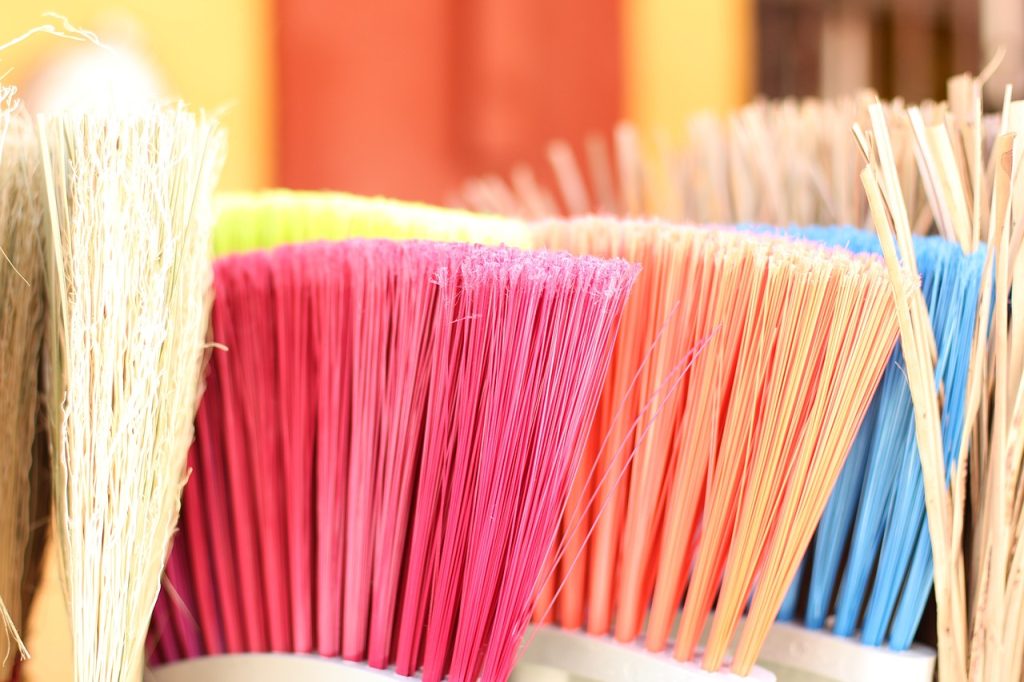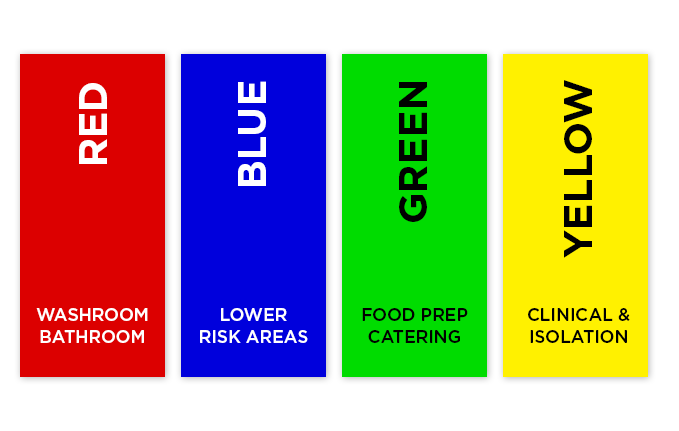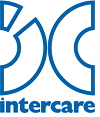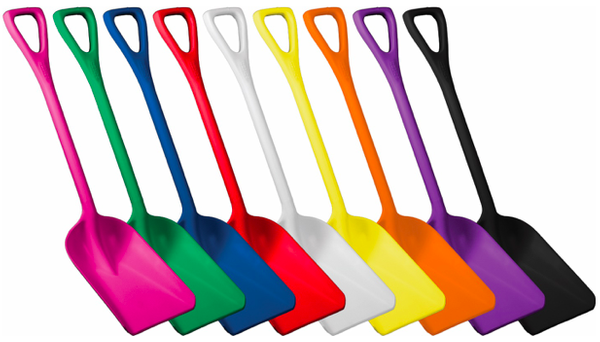In the realm of industrial facilities, especially within the food and beverage sector, maintaining strict hygiene standards is not just a necessity but a regulatory mandate. These facilities face regular audits to ensure compliance with evolving policies related to operational procedures, workplace segregation, and cleaning protocols.

To effectively implement and sustain these procedures, the right infrastructure is crucial. One of the most effective strategies is the use of color-coded cleaning tools, which support efficient workplace segregation and enhance overall hygiene.
Ensuring Effective Workplace Segregation
Organizations have the flexibility to create their own systems for segregating different areas and processes within their facilities. Color coding plays a pivotal role in these systems, helping to identify contaminants, surfaces, or specific operational zones based on the organization’s unique approach. For these systems to be successful, it is essential that they are clearly communicated and consistently followed by all employees. To aid in this, Shadow Boards can be utilized to organize cleaning tools safely and to quickly identify if any tools are missing.
Enhancing Traceability
Color coding provides a straightforward, visual method for organizing and tracking cleaning tools in large industrial environments. We offer a comprehensive range of color-coded tools, from brushes to squeegees, that can be easily traced back to their designated areas according to the organization’s segregation system. This level of traceability is crucial for maintaining hygiene, as even something as small as a monofilament shed from a brush can be traced, ensuring that every tool remains in its proper place.
Preventing Cross-Contamination
In food manufacturing, preventing cross-contamination is vital due to the risk of consumer allergies and sensitivities. Bacteria can easily spread from one surface to another if tools are used incorrectly across different areas. Color coding significantly reduces this risk by ensuring that tools designated for one area are not mistakenly used in another, thereby minimizing the chances of contamination and ensuring product safety.
By integrating color-coded cleaning tools into their operations, industrial facilities can maintain high standards of hygiene, ensure compliance with regulatory requirements, and protect consumer health.
A typical color coding assignment looks like this:

- Red – High-risk areas, such as toilets, urinals, and bathroom floors.
- Yellow – Remaining surfaces in restrooms, including sinks, counters, and faucets, as well as soap and paper towel dispensers.
- Blue – General office areas, including windows, desks, and electronic equipment, and;
- Green – Food preparation areas and bar cleanup, as well as non-food prep areas, such as lunch and breakrooms.
At a minimum, the equipment that should be color-coded includes:
- Microfiber cloths, brooms, and mop heads.
- Buckets containing water or cleaning product.
- Dust pans and brushes.
- Trigger spray bottles.

